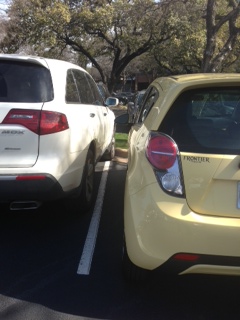Today's drivers aged 70 and older are less likely to be involved in crashes than previous generations and are less likely to be killed or seriously injured if they do crash, according to a study released Thursday by the Insurance Institute for Highway Safety.
That's because vehicles are getting safer and seniors are generally getting healthier, the institute said.
Traffic fatalities overall in the U.S. have declined to levels not seen since the late 1940s, and accident rates have come down for other drivers as well. But since 1997, older drivers have enjoyed bigger declines as measured by both fatal crash rates per driver and per vehicle miles driven than middle-age drivers, defined in the study as ages 35 to 54.
The greatest rate of decline was among drivers age 80 and over, nearly twice that of middle-age drivers and drivers ages 70 to 74.
"This should help ease fears that aging baby boomers are a safety threat," said Anne McCartt, the institute's senior vice president for research and co-author of the study.

 RSS Feed
RSS Feed